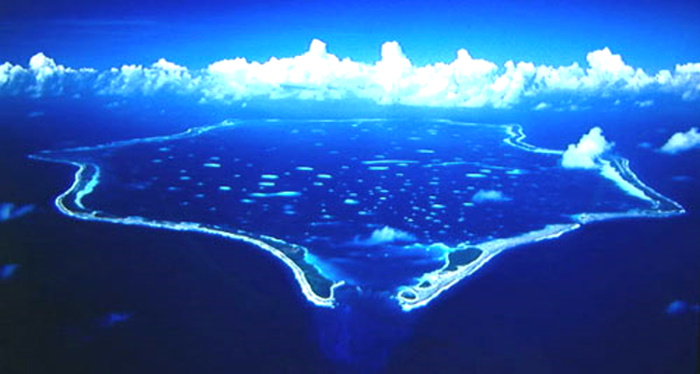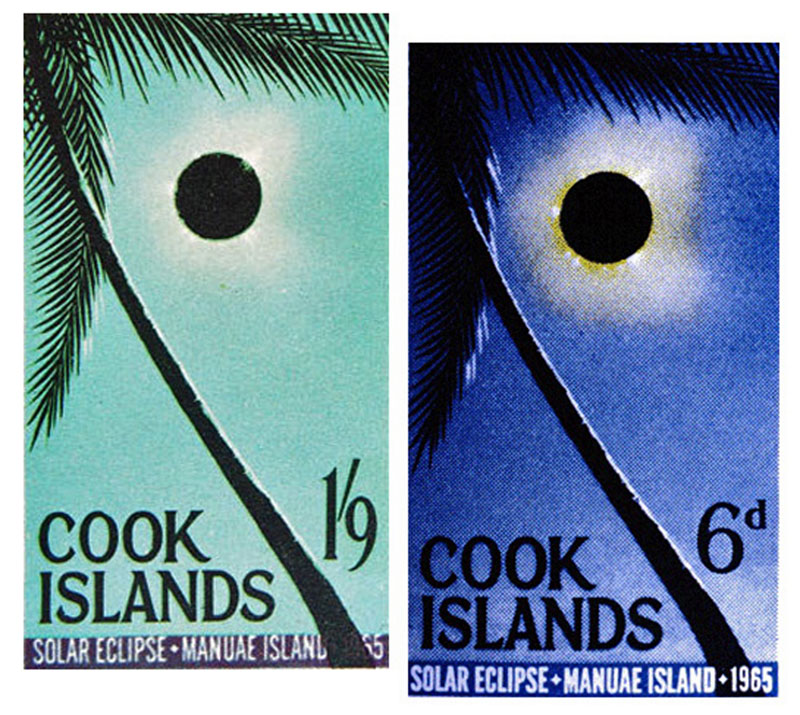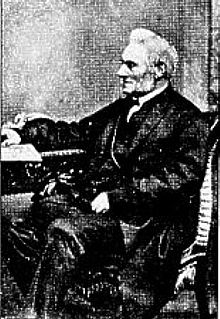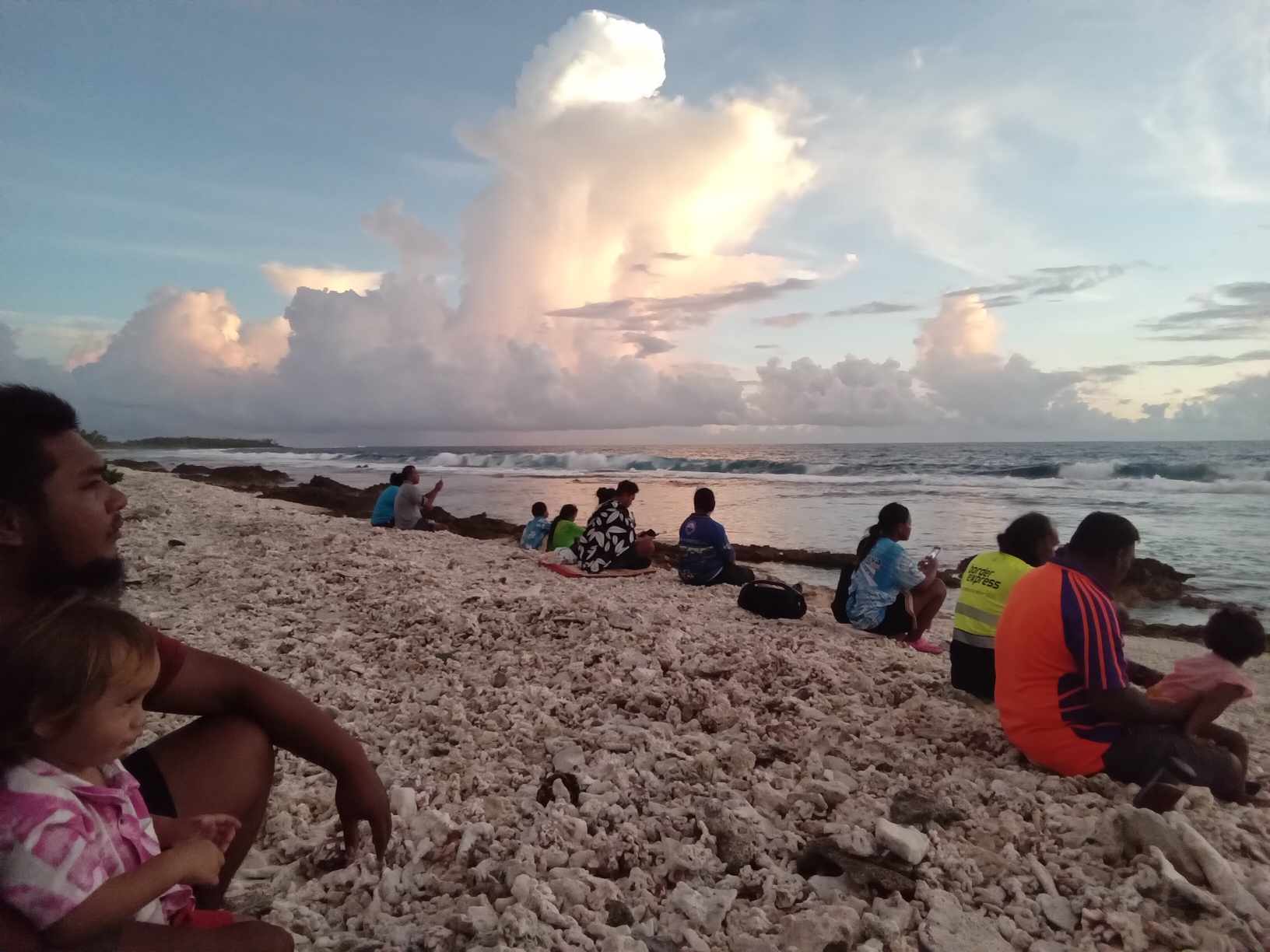
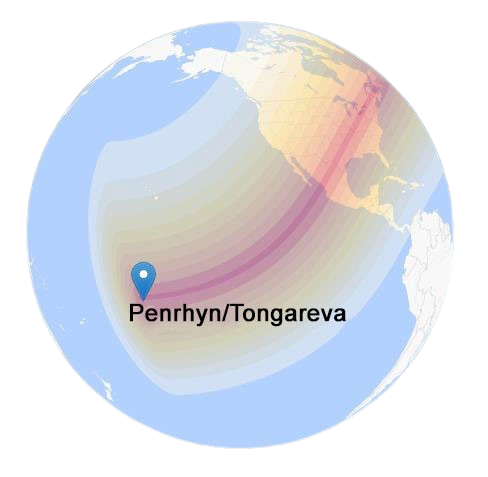
Penrhyn residents gathered on the beach to get a glimpse of the rare phenomenon but cloud and some light showers meant the view was obscured. And it was a similar story on Rarotonga and Aitiutaki where islanders and visitors were due to see a partial eclipse but woke up to a rainy morning spoiling the view. Photo: Cook Islands News The globe shows the path of the eclipse
